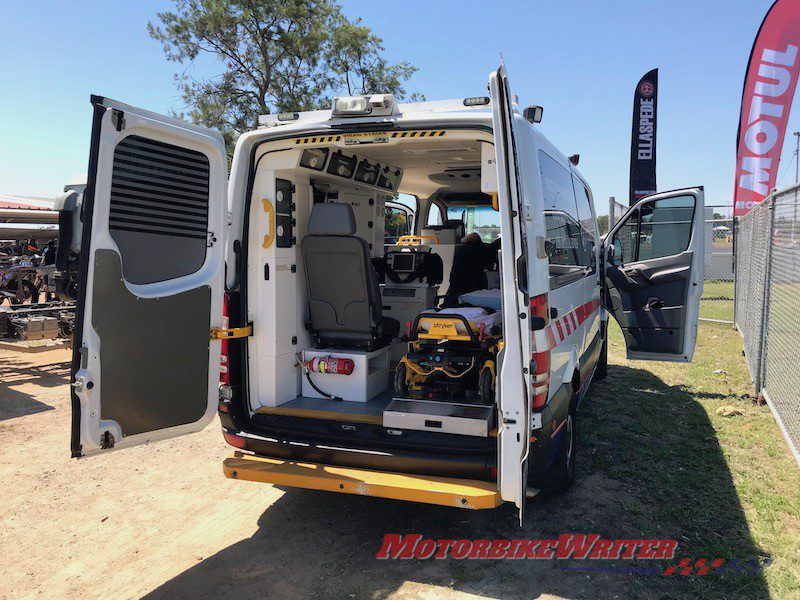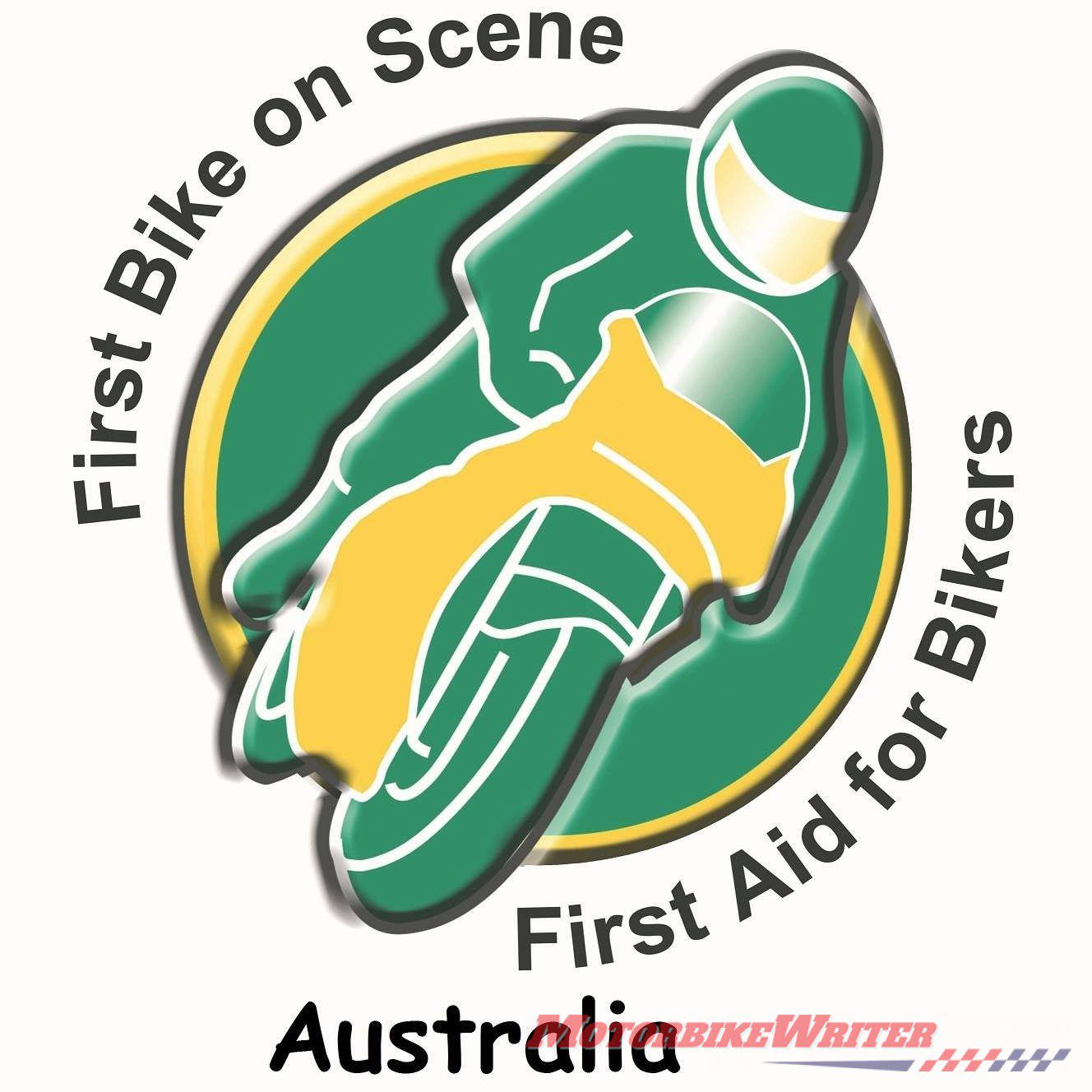If you’ve ever been a witness at a motorcycle crash scene you may have noticed that medics (ambulance officers and paramedics) do not seem to be in any rush.
I was at the scene of a crash on Abercrombie Rd near Obern, NSW, and several riders were anxious and expressed concern because the first responders did not seem to be in any hurry.
Some other riders have also complained that nurses and hospital staff are sometimes flippant about injured riders who “drain their resources”. Read about the concerns of a safety expert.
It’s not because medics believe all motorcyclists have a death wish and don’t deserve immediate attention.
There are several very good reasons for the calm and almost painstakingly slow attitude of first responders at a crash scene.
Most American cop shows depict medics rushing to a crash scene, but that is not how it is in real life.
Why medics don’t rush:
- A rushing paramedic could trip and hurt themselves and/or break vital medical equipment;
- It can lead to making the wrong decision in a highly stressful situation;
- The sight of a rushing medic can create panic not only in the crash victims, but also bystanders;
- It can cause the victim’s pulse to beat faster, expelling more blood than is necessary and leading to other conditions such as heart attack; and
- It can cause bystanders to make rash decisions such as stepping out in front of passing traffic.
If you are ever at a motorcycle accident scene, the best advice is to stay clam, keep others calm and let the professionals do their job.
Click here to find out what you should do after a minor motorcycle crash.
First Bike on the Scene
Michael Beak from First Bike on the Scene crash scene training says he believes that if he rushes at a crash scene “people could think things are a lot worse than they may be” .
“One of our first priorities is to bring calm to chaos,” he says.
“Some of my more experienced colleagues and I even like to crack jokes with patients (where appropriate of course) and some think we are not talking it seriously,” he says.
“But personally if I were a patient and the para was cracking jokes with me it would reassure me I’m not about to die.”
Michael is an Army Reserve Combat Paramedic of 10 years, operational paramedic for 25 years, has been teaching first aid for almost 30 years and is a Public Information Officer with the Rural Fire Service. He’s also a VFR750F rider!
“My advice to any first-care provider is to be slow and methodical,” he says.
“I apply the old saying ‘slow is smooth and smooth is fast’. It works for riding motorcycles and it works for attending a crash scene.”
Michael says it is a common misbelief that paramedics attend traumatic cases every shift.
“So sometimes when they arrive on scene and appear to be slow off the mark, they may be just taking a breath, having a ‘mental cigarette’, taking in the scene and working out the best plan of attack before just blundering in,” he says.
“To the observer, it may appear that we are not rushing to crashed riders, but we are doing a rapid scene size-up on arrival.”






